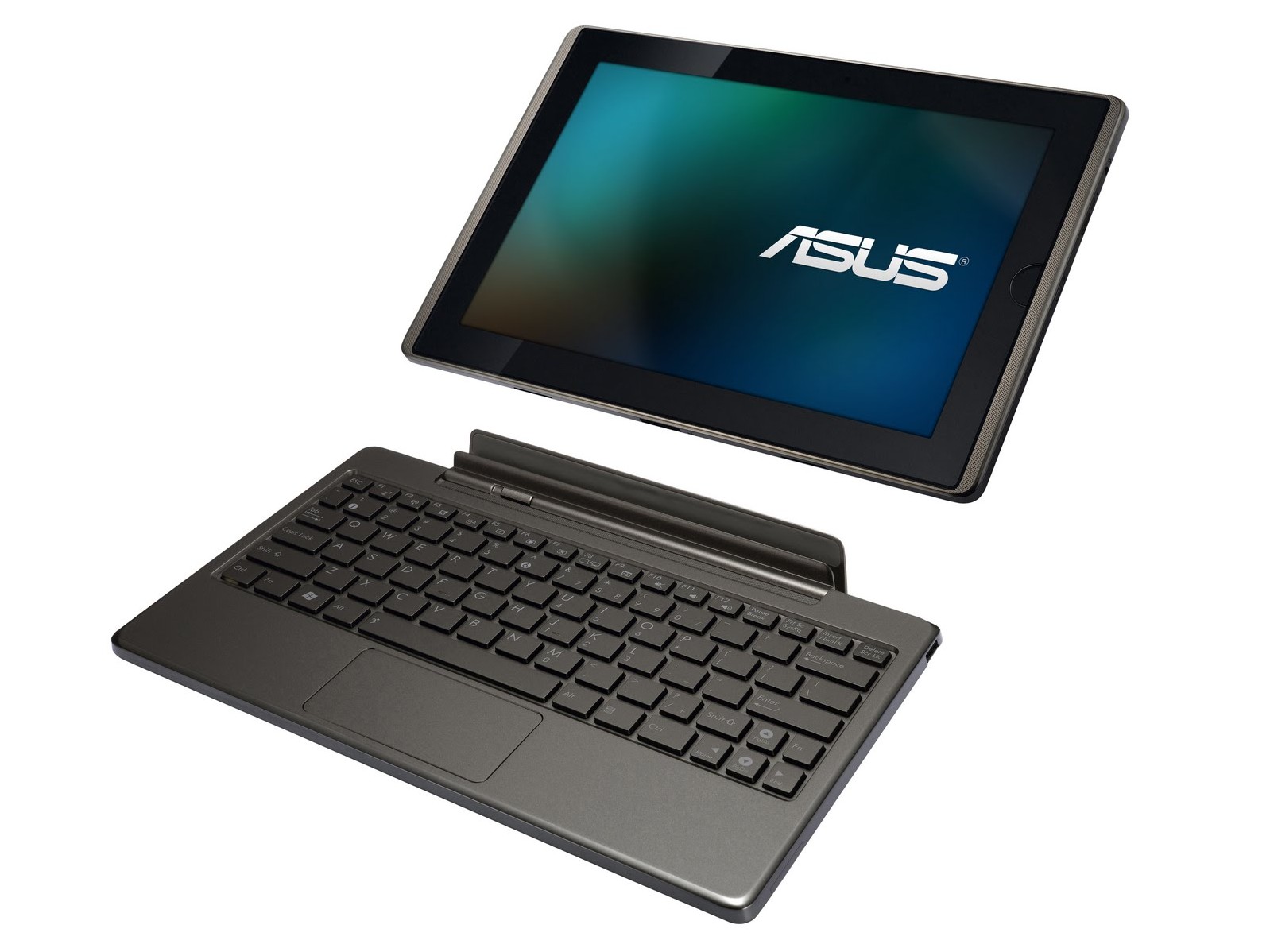
First, a confession. It's a little while since I've been genuinely excited about a new computing device.
Sure, it's nice to take the latest multicore chips for a spin. I'm continually impressed by the constant technological progress in many areas of computing, too - faster SSDs, better graphics, powerful processors in mobile devices and all that jazz. But true techno-related rapture has evaded me of late.
At least, until the new Asus Eee Pad Transformer popped up on my radar. Immediately, the Eee made it obvious what I'd been missing.
The problem, I reckon, boils down to this: faster and better is all very well, but it's fundamental change that really gets my electrons flowing. Specifically, the Eee offers part of the solution to my increasingly fragmented computing life.
By that, I mean I'm convinced that being forced to maintain several different computing platforms, each with its own foibles and each effectively a walled garden with very limited interactivity, is a complete anachronism.
Here's an example of what I'm getting at. Let's say I've been beavering away of an evening on my main production rig, resplendent in all its six-core, 30-inch LCD glory. I've got several browser windows on the fly, each with several open tabs. Then there will be a few word documents and a PDF or two. You get the idea.
What if I fancy retiring to the sofa with my tablet, but I want to carry over the bulk of my work state? That means a process of copying links, reloading pages, uploading and downloading documents. Chuck in the odd expletive when I remember that my fruit-flavoured tablet won't play that flash video clip a friend tweeted earlier and you have a typical scene of frustration.
Get daily insight, inspiration and deals in your inbox
Sign up for breaking news, reviews, opinion, top tech deals, and more.
Making more sense
If you ask me, it's only a matter of time before that sort of nonsense is history. In fact, I reckon you can extend that to computing in almost any context. Can it really be long before you step into your car, for instance, and find it primed with your full digital persona and capable of offering it up in a format perfectly tailored to your onboard status, be that passenger or driver?
At this point, you may be pondering what all this has to do with the Asus Eee Pad. For the uninitiated, the Eee Pad is effectively a fusion of tablet and netbook running the Honeycomb build of Google's Android OS.
As it happens, I don't really jive with tablets. They're too niche for my taste in terms of usability. I've never really seen eye to eye with netbooks, either. I'd much rather have a cheap and cheerful laptop.
But the thing about the Eee Pad is that it very probably presages a future where a single device can power the vast majority of your computing, be that at home, on the move or in the office. Because the Eee Pad is a pretty decent tablet and a reasonable netbook rolled into one.
Highlights include battery life up to 15 hours, and a clip-on keyboard and hinge incorporating a touchpad that supports the full range of gestures you normally associate with capacitive touchscreens.
From laptop to tablet
The Eee is far from perfect, of course. But it's enough to make me 100 per cent certain that within a few years, my laptop will also be a tablet. Look a little further out and it's easy to imagine an Eee-like device that's powerful enough for my content-creation needs. So that's my desktop-to-sofa problem nailed.
But such a machine still wouldn't cater for absolutely all my computing needs. It wouldn't be pocketable, for starters. Moreover, it's not clear exactly how the broader question of seamless computing will play out.
For chipmakers like Nvidia or Intel, the emphasis is on local computing horsepower. In other words, creating tiny chips with both the power efficiency to squeeze into pocket devices and the raw computing throughput to run desktop content-creation applications. In that scenario, you might have a smartphone-like gadget with immense computing power and storage along with the ability to wirelessly drive whatever displays and input devices happen to be in front of you.
The alternative is more cloud and software-based. A tiny RFID device, maybe even an implant, could provide secure identification, giving you access to your online state anytime, anyplace and with any device. The reality, I expect, will almost certainly be a combination of those two paradigms.
Admittedly, this glimpse of the future is hardly a new idea. But the Eee Pad, not to mention Motorola's Atrix smartphone-come-laptop, is tangible proof that the march towards a much more seamless and consistent computing experience has begun in earnest. Now, that's something worth getting excited about.